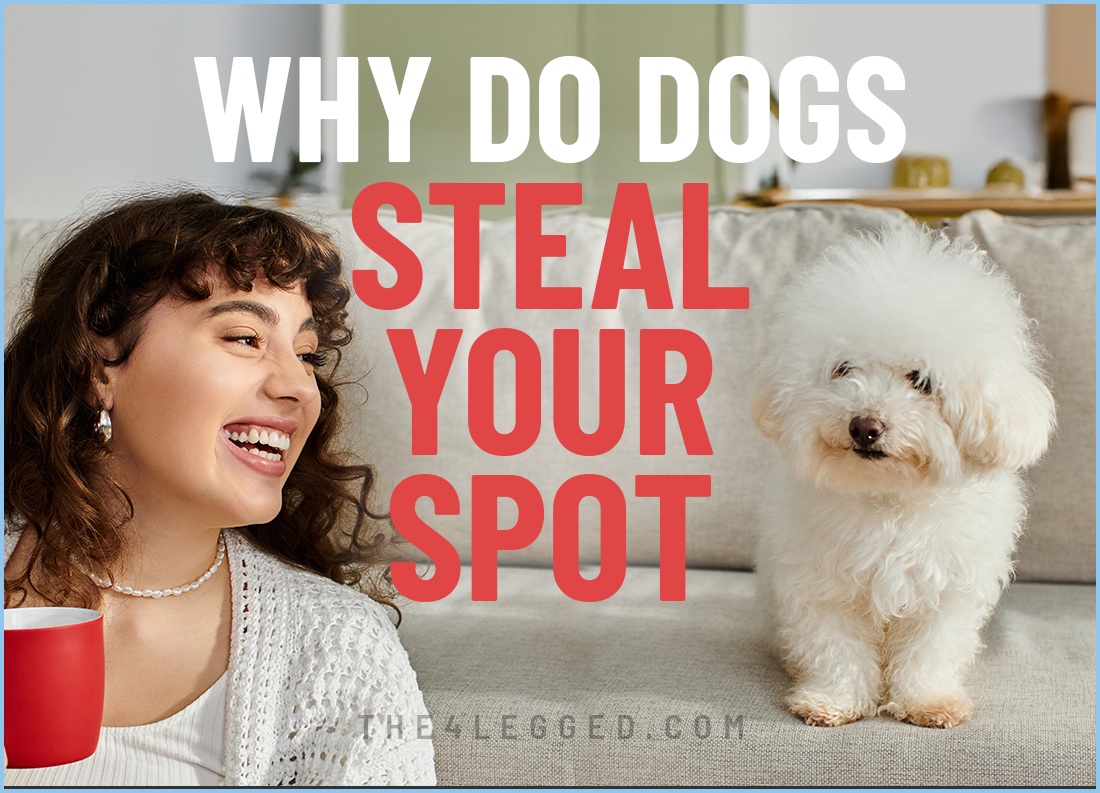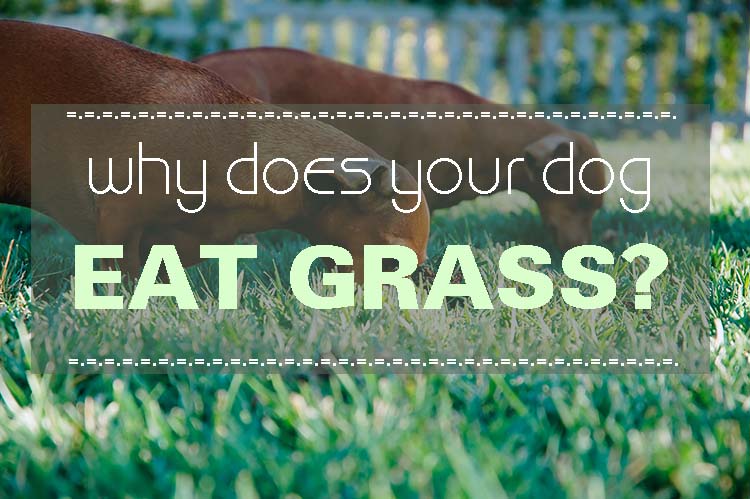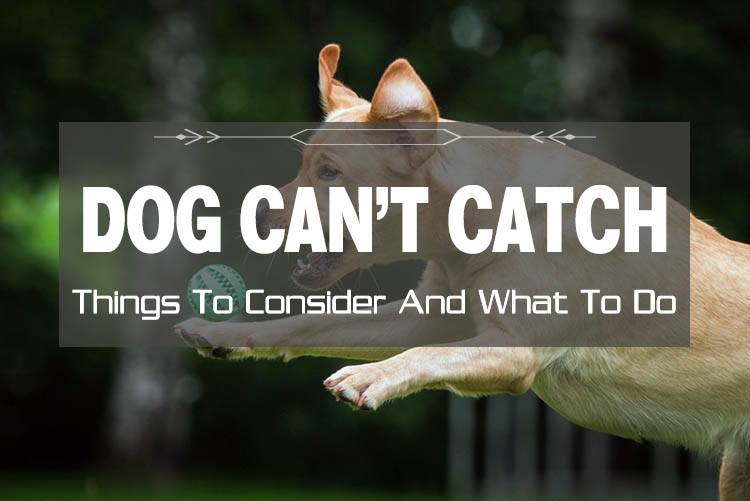If you’ve ever wondered, “Why does my dog steal my spot?” you’re not alone—many owners notice this behavior and want to understand it. They do this because a dog loves their owner’s scent and the comfort it provides, seeking out the warmth and familiar smells of your spot as a way to feel emotionally connected to you. This behavior shows their natural instincts and their desire to be close to you. These insights are supported by the latest veterinarian research.
Key Takeaways
- Dogs often steal your spot for warmth and comfort, seeking familiar scents that make them feel secure.
- Stealing your spot can also indicate bonding and affection, as dogs want to stay close to their humans.
- Understanding the reasons behind this behavior—like separation anxiety or resource guarding—can help you manage it effectively.
Introduction to Canine Behavior
Canine behavior is a fascinating and ever-evolving field that sheds light on why dogs do the things they do—including the quirky habit of spot stealing. Many dogs steal their owner’s spot on the couch or bed, leaving pet parents wondering what motivates this behavior. While it might seem like a simple act, spot stealing is rooted in several reasons, from seeking comfort to expressing affection and a desire for security.
Understanding why dogs steal your spot can help owners respond in ways that support both their dog’s well-being and household harmony. Professional dog trainers and veterinarians often point out that spot stealing is a normal part of dog behavior, especially in homes where the spot on the couch or bed is associated with positive experiences. By learning more about the motivations behind this behavior, owners can take proactive steps to address it, ensuring a happy and balanced relationship between humans and their four-legged friends.
Seeking Warmth
One of the primary reasons dogs steal your spot is the warmth left behind. Much like us, dogs enjoy a warm, comfy spot to relax. When you vacate your seat, the warmth you’ve left behind is incredibly inviting to your dog. This behavior is instinctual and helps them conserve body heat, which is particularly beneficial during colder months.
Dogs also associate you with warmth and comfort, which is why they often prefer your spot over their own. Taking your spot allows them to benefit from the heat you’ve left behind, conserving energy that would otherwise go into maintaining their body temperature. The warmth and reassurance found in your recently vacated spot make it a prime target for your furry friend.
Additionally, your same spot may be more comfortable and reassuring, providing a sense of security that makes you feel secure and makes it the best place for a person to find a comfortable spot in space for the same reason while sitting. Beyond physical warmth, there are several reasons about the emotional comfort and connection they experience in your spot.
Comfort and Familiarity
Beyond seeking warmth, dogs are naturally drawn to spots that offer comfort and familiarity. When your dog steals your spot, they are enveloped in your scent, which provides a sense of security and emotional comfort. Your spot offers a familiar and cozy environment, making it an attractive place for them to rest. Over time, this area becomes your dog’s preferred resting place, symbolizing comfort and security in your absence.
Dogs are quick to recognize the routines of their humans. They notice where you spend most of your time and often choose those spots as their own. This is why your four-legged friend might prefer your couch or bed over other places in the house. The familiar scent and routine associated with these areas make them feel safe and secure. A dog’s preference for these locations, including their favorite spot on the couch, is a testament to their bond with you and your pets.
Your dog’s preference for your spot is a reflection of their desire to be close to you and feel connected to the household. It makes sense that they would seek out the most comfortable place in the room, where they can feel both physically and emotionally secure.
Bonding and Affection
Dogs are social animals, and their pack mentality is deeply ingrained in their behavior. Stealing your spot is one way your dog seeks to bond with you and show affection. When they curl up in your spot, they are surrounded by your scent, which offers them emotional comfort and security. Dogs often choose to sleep in their owner’s spot because it feels safe and strengthens their bond, as sleep is a vulnerable time when they seek protection and closeness. This behavior is a testament to their need to feel close to you and maintain a connection.
Moreover, some dogs learn that occupying your spot yields attention from you, reinforcing this behavior over time. It’s their way of saying, “I love you and want to be close to you,” which is a beautiful aspect of their loyalty and affection.
Separation Anxiety
For some dogs, stealing your spot can be a sign of separation anxiety. When you leave, they might feel anxious and steal your spot to feel closer to you. The scent and warmth of your recently vacated spot provide them with a sense of security and comfort, helping to alleviate their anxiety.
Grasping the context of your dog’s spot-stealing behavior is key to managing it effectively. Identifying potential separation anxiety in your dog allows you to address the root cause of their behavior and offer necessary support.
Attention-Seeking Behavior
Dogs are clever and often seek attention in various ways. One way they might do this is by stealing your spot. If a dog feels ignored or bored, they may resort to this behavior to draw your focus. Your reaction, whether it’s laughter, scolding, or trying to lure them away with treats, can encourage them to continue this behavior.
Giving them attention when they steal your spot may unintentionally reinforce this behavior. It can even turn into a fun game for your dog, making them more likely to repeat the behavior in the future.
Curiosity and Playfulness
Dogs are naturally curious and playful creatures. They might dog steal your spot simply to investigate what makes it so special. This curiosity can lead them to explore different spots, showcasing how a puppy dog learns to investigate their environment, just like other dogs, their pet owners, and pups. What a dog thinks while exploring can be quite fascinating, as cats can also exhibit similar behaviors.
This behavior can quickly escalate into a playful game if the dog realizes it leads to more attention from you. Dogs often engage in spot-stealing as a way to interact with their owners, regardless of the owner’s reaction.
Their playful nature makes every cute activity, including stealing your spot, a bit of an opportunity for fun and engagement with a cat in this world. I just hope they don’t sit and lie to steal my spot! Cats bring joy to our lives and take up the best seats, but I also have to watch out for seat stealing!
Pack Dynamics and Dominance
Pack dynamics significantly influence behavior in multi-dog households. While some might think a dog stealing your spot is trying to assert dominance, this is not always the case. Taking your spot isn’t necessarily a sign of trying to become the ‘alpha’. However, in households with multiple dogs, they may steal spots to establish their rank within the pack.
They might take your spot out of affection or mild territorial instincts, reflecting their social behaviors. Watching a dog’s body language when they take a spot can reveal if their actions stem from affection or territoriality. For instance, wanting closeness suggests affection, while aggressive behavior might indicate anxiety rather than dominance.
Distinguishing between dominance and affection is crucial for interpreting your dog’s behavior and responding appropriately.
Resource Guarding
Resource guarding is another reason why dogs might steal your spot. They may guard their favorite spot on the sofa, exhibiting defensive behaviors when approached. Signs of aggression like growling or refusing to move can indicate a dog’s territorial instincts.
If aggressive behaviors manifest, it’s essential to seek professional help for tailored training plans. Promptly addressing resource guarding can prevent escalation and maintain household harmony.
Habit and Routine
Dogs thrive on routine, and behaviors that bring them comfort or rewards can quickly become habits. Spot stealing is no exception—if a dog finds that taking your spot leads to a cozy rest or extra attention, they’re likely to repeat the behavior. Over time, this can turn into a regular part of your dog’s daily routine.
Fortunately, positive reinforcement is a powerful tool for reshaping this behavior. By consistently rewarding your dog for sitting or lying in their own bed, you can encourage them to choose that spot instead of yours. Training sessions that use treats, praise, and clear commands help your dog learn what’s expected. For example, teaching your dog to “sit” or “lie down” in a designated area and rewarding them for staying there can make a big difference. With patience and consistency, owners can help their dogs break the habit of spot stealing and develop new, more desirable routines.
Managing Spot-Stealing Behavior
Managing spot-stealing behavior involves understanding the underlying reasons and implementing effective strategies. From positive reinforcement techniques to creating alternative comfortable spots, there are several ways to redirect this behavior. It’s also important to set clear boundaries to prevent your dog from accessing your spot.
Addressing the root cause and using consistent training methods can help manage and reduce your dog’s spot-stealing behavior. You can also train your dog to choose their own designated spot instead of yours, reinforcing this behavior with rewards and consistency.
Positive Reinforcement Techniques
Positive reinforcement is one of the most effective methods for managing spot-stealing behavior. Reward interactions with new beds using treats to encourage your dog to choose alternative spots. You can also use treats to encourage your dog to lay in their designated spot instead of your own. A clicker can immediately mark desired behavior, aiding effective training.
Avoid physically trying to move the dog or yelling at them, as this can create negative associations. Instead, focus on rewarding desired behavior with treats, positive attention, and rewards, as any pet parent would.
Creating Alternative Comfortable Spots
Providing alternative comfortable spots can reduce spot-stealing behavior. Make these spots inviting by including cozy beds, comfortable blankets, and treats. A small blanket with your scent can make your dog’s spot more inviting.
Reinforcing the ‘stay’ cue or teaching them to go to their bed can redirect your dog to a specific place. Making these alternative spots highly appealing can encourage your dog to choose them over your spot.
Setting Boundaries
Establishing clear boundaries is essential for managing spot-stealing behavior. Establishing physical barriers or covers can prevent your dog from accessing your spot. Consistent training commands are essential to reinforce these boundaries.
Everyone in the household must be consistent to maintain boundaries effectively and stay up to date. Consistency is key to ensuring your dog understands and respects the family boundaries you’ve set.
Creating a Dog-Friendly Environment
A dog-friendly environment is key to minimizing spot stealing and ensuring your dog feels comfortable and secure in your home. Many dogs are drawn to a cozy spot, so providing inviting alternatives—like plush dog beds, soft blankets, or a favorite toy—can make your dog less likely to steal your spot on the couch or bed. Not all dogs will engage in spot stealing, but for those that do, having their own special place can be a game changer.
Owners can also make shared spaces more welcoming by adding dog beds or blankets to the living room or bedroom, allowing their dogs to relax nearby without taking over human seats. Establishing clear boundaries, such as designating certain furniture as off-limits, and consistently reinforcing these rules helps prevent confusion and reduces unwanted behavior. By creating a comfortable and well-defined space for your dog, you’re not only addressing spot stealing but also promoting animal welfare and a peaceful coexistence between pets and people. With a little planning and positive reinforcement, you can ensure that both you and your dog have a comfy spot to call your own.
Understanding When to Seek Professional Help
If your dog’s spot-stealing behavior leads to aggression, such as growling, snapping, or biting, it’s critical to seek professional help. Noticing anxiety signs in dogs, such as spot stealing, may require intervention from a qualified trainer. If your dog starts growling, it’s essential to address the underlying issues promptly.
Professional guidance might be needed if spot-stealing disrupts daily life or if underlying medical conditions contribute to the behavior or behavioral issues. Consulting a vet or professional trainer can help address these issues effectively.
Summary
Understanding why dogs steal your spot goes far beyond the cute moment you return to find them curled up where you were just sitting. This behavior reflects warmth-seeking instincts, emotional comfort, bonding, and sometimes even anxiety or resource guarding. By paying attention to the context, offering cozy alternative spaces, and using positive reinforcement, you can gently guide your dog toward healthier habits while still nurturing your connection.
With consistency, patience, and a bit of training, spot stealing becomes less of a frustration and more of an opportunity to understand your dog’s needs on a deeper level — creating a more peaceful, happy home for both of you.
Are you interested in learning more about dog peculiarities and their true significance?
Discover straightforward, scientifically supported ideas that can help you comprehend, teach, and establish meaningful connections with your pet by exploring our dog behavior guides.
Frequently Asked Questions
What is a red flag dog’s behavior?
A red flag dog’s behavior often includes growling, baring teeth, snapping, or biting, usually rooted in fear or past trauma. It’s crucial to address these signs to ensure safety for both your dog and those around you.
What is the 7 second rule for dogs?
The 7 second rule for dogs tells you to place the back of your hand on the pavement for seven seconds; if it’s too hot for you, it’s definitely too hot for your dog’s paws. Plan your walks during cooler parts of the day to keep them safe!
Why does my dog always steal my spot when I get up?
Your dog likely steals your spot for warmth and comfort, as they love being close to you. It’s a sweet sign of affection and their way of claiming a cozy space!
How can I discourage my dog from stealing my spot without causing stress?
To discourage your dog from stealing your spot, provide them with a comfortable alternative bed or space nearby and use positive reinforcement to reward them when they use it. Avoid yelling or physically moving them, as this can cause stress or confusion. Consistency and patience are key to helping your dog learn new habits.
When should I seek professional help for my dog’s spot-stealing behavior?
You should seek professional help if your dog’s spot-stealing behavior turns aggressive or disrupts your daily life. It’s better to address these issues early on for a happier pup and a more harmonious home!




